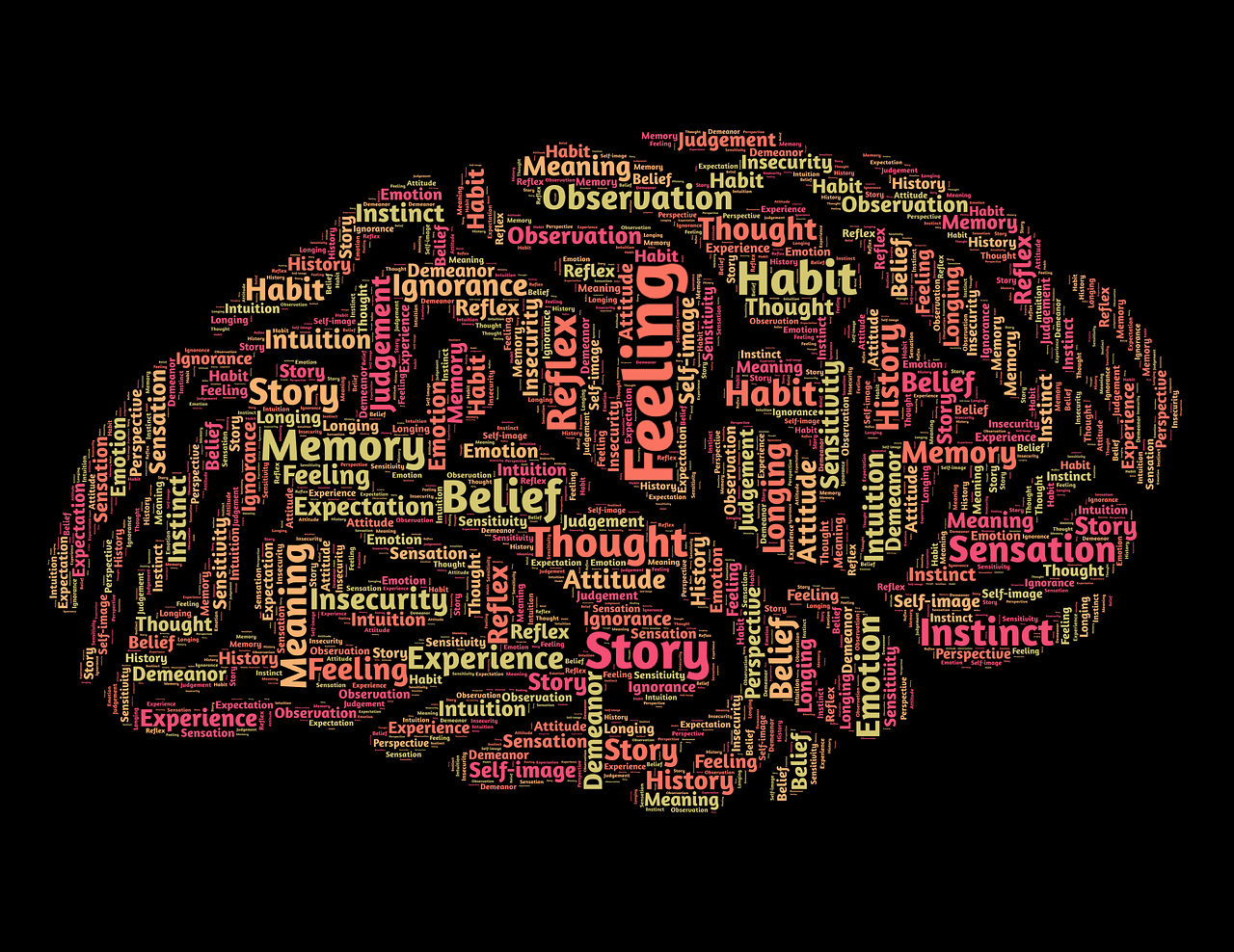Pain is one thing. Suffering related to the pain is another. We often do not have total control over our pain, but we can learn to have more control over what grows around our pain:
The stories we tell ourselves about our pain, and the ways that our pain impacts the rhythms of our life.
Buddhist philosophy often refers to two arrows. Imagine a person in the forest gets struck in the arm by an arrow, and pain results. That is the first arrow. Then, the person begins to think… “What’s going to happen? Am I going to get an infection? Am I going to lose my arm? How will I be able to work? What’s going to happen to my family? Who is going to support them?” That is the second arrow.
The first arrow is the pain itself- the event and the raw sensations of the pain. The second arrow is what our mind does in reaction to the event. Our mind assigns meaning to the pain, creates a narrative, compares our pain to our past pain and our expectations of future pain, emotions ensue, and suffering results.
The first arrow we generally cannot control. The second arrow we can.
Beware of the second arrow. The second arrow often grows bigger than the first. This second arrow is what contributes to prolonged suffering, unhelpful beliefs about our pain, and perhaps withdrawal from our lives, our loved ones, and our loved activities.
Tendency towards a second arrow of suffering could be considered a habit. How do we become more aware of and break our unwanted habits? Check out our past blog post, “Befriending Unwanted Habits” for more information.
Becoming aware of the two arrows is the key to minimizing the impact of the second arrow. This can apply to physical pain, but also any other event that triggers anxiety or other negative emotions.
Try this as an example. Consider an event that brings about distressing feelings, be it physical pain, or emotional pain such as anxiety, fear, sadness, or frustration. Perhaps this is an event that happened recently. Try to identify the first arrow, and then identify the second arrow. What are you telling yourself that is creating the second arrow?
For instance: “Today, I spent a long time gardening. Now my back hurts. What did I do wrong? Is there something damaged in my spine? Perhaps I need to get imaging. What does this mean for my future? Should I stop gardening? Is there something wrong with me?”
1. Identify the arrows
Can you identify what the two arrows are?
→The first arrow: Temporary sensations of discomfort experienced in the low back.
⇉The second arrow: All of the thinking that happened afterwards. Self-blame. Catastrophization and medicalization of the pain. “Predicting” the future. Assigning meaning to the pain without evidence. Consideration of avoidant behavior.
The second arrow makes the pain worse, and can create a feedback loop that contributes to a chronic pain pattern. Once we can start identifying the first arrow and distinguishing it from the second arrow, we can question the second arrow or let go of it to minimize suffering
2. Create a new response
After identifying the two arrows, notice if there is resistance to letting go of the second arrow. Where does that resistance come from? What is the harm in letting it go?
Now, create a new response. Letting go of the second arrow, let’s pay attention to the first arrow. The intention is to accept the first arrow, and then practice self-kindness
Acceptance: Acknowledge and accept what is happening right now. Consider the mantra “This belongs too.”
Self-compassion: Then practice saying something kind to yourself. Imagine the first arrow happened to someone that you dearly love. A partner, a child, etc. What would you say to them if the first arrow were to happen to them?
Let’s relate this to the above example-
→The first arrow: Sensations of discomfort experienced in the low back.
♥New response: “This too. These sensations belong, they are what I am experiencing right now, and they will pass. I am strong, resilient, and have the tools that I need to get through this. Perhaps next time I will try some movements to warm up my body before gardening, and take breaks when my body begins to request them. ”
The quest to become pain-free is fruitless, because pain is an inevitable part of life. The first arrow will come. The quest to minimize suffering related to pain is realistic and achievable, and starts with becoming aware of the second arrow, and practicing self-compassion and acceptance whenever it arises.
Summary of Key Points
Two metaphoric “arrows” can exist relative to our pain experience. The first is the initial event and raw sensations of pain. The second is our reaction- our thinking and behavioral changes relative to the first arrow.
First arrow = pain. Second arrow = suffering
Distinguish between the two arrows in your own life, and change your response to the first arrow to minimize the impact of the second.
To the first arrow: Develop any mantra that communicates self-compassion and acceptance. “This belongs too.” “I am safe.”
Feel how changing the response to the first arrow has the potential to minimize pain-related suffering
Written by Jacob Tyson, DPT - Physical Therapist, Yoga Instructor and The Wellness Station Team


















